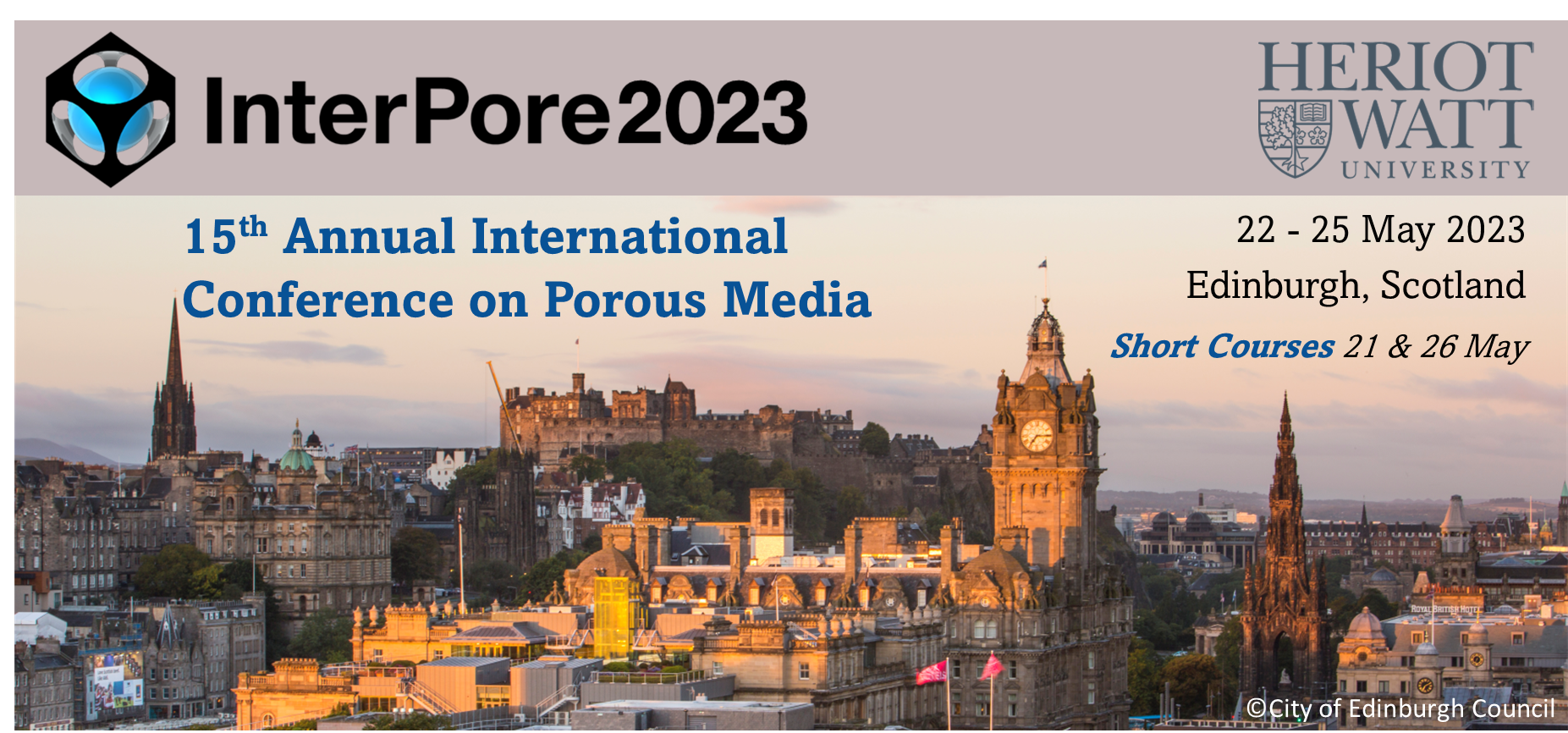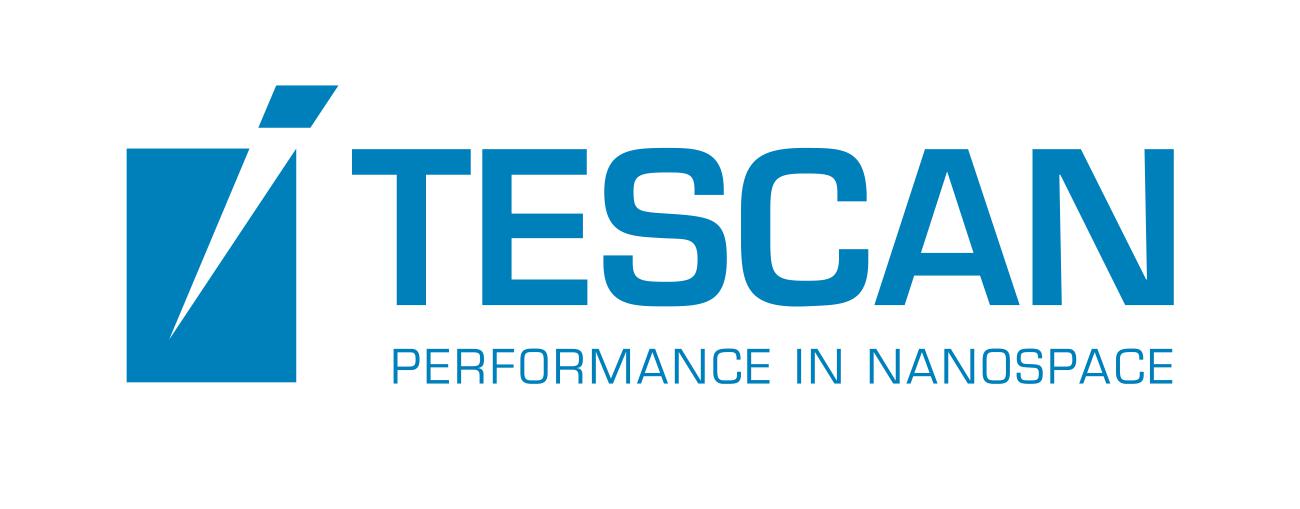Speaker
Description
The atmosphere-soil system forms a highly coupled system, which makes key processes such as evaporation complex to analyse as the mass, energy and momentum transfer is influenced by both domains. To enhance the understanding of evaporation processes from soils, stable water isotopologues are suitable tools to trace water movement within these systems as heavier isotopologues enrich in the residual liquid phase. Due to the complex coupled processes involved in simulating soil-water evaporation accurately, quantifying fractionation during flow and transport processes at the soil-atmosphere interface remains an open research area. In this work, we present a multi-phase multi-component transport model that resolves flow through the near surface atmosphere and the soil, and models transport and fractionation of the stable water isotopologues using the numerical simulation environment DuMuX. Using this coupled model, we simulate transport and fractionation processes of stable water isotopologues in soils and the atmosphere by solving compositional flow equations and by using suitable coupling conditions at the soil-atmosphere interface instead of commonly used parameterization.
In a series of examples of evaporation from bare soil, the transport and distribution of stable water isotopologues are evaluated numerically with varied conditions and assumptions, including different atmospheric conditions (turbulent/laminar flow, wind speed) and their impact on the spatial and temporal distribution of the isotopic composition. Building on these results, we observed how the enrichment of the isotopologues in soil is linked with the different stages of the evaporation process. A qualitative study is conducted to verify single fractionation processes in our approach. As an outlook, we will present how the coupling of the free-flow and the porous medium domain allows us to use atmospheric measurements (which are often conducted at 2 m above the soil surface) and account for convective transport in the free-flow region. Thus, we can validate our results by using field-scale lysimeter experiments.
| Participation | In-Person |
|---|---|
| Country | Germany |
| MDPI Energies Student Poster Award | No, do not submit my presenation for the student posters award. |
| Acceptance of the Terms & Conditions | Click here to agree |







